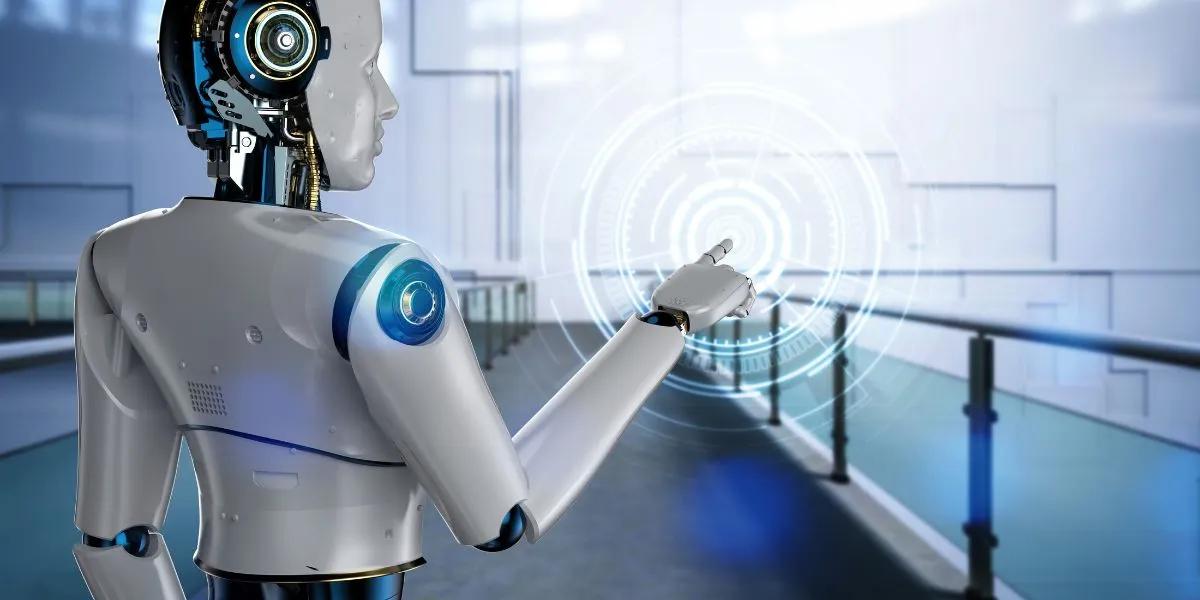“As Tesla keeps its humanoid robot project under wraps, we’re left to wonder—what revolutionary advancements are we not yet privy to, and why are humanoid robots poised to dominate the future?”
Recent developments in robotics in the world of innovation have earned Tesla recent developments, especially on the humanoid robot called Optimus, which sparked a wider conversation about the application of human robots.
However, the lack of transparency surrounding Tesla’s full capabilities, especially of the Optimus, has caused people to raise some eyebrows. A closer look into this non-disclosure surrounding Tesla’s bot narrates factors propelling the rise of human-like robots worldwide.
Tesla’s Bot Non-Disclosure and Optimus

The company made a humanoid robot, called Optimus, public at the AI Day event in 2021, seeking to revolutionize industries that rely on repetitive, laborious work. It has kept much of its progress hidden since there was even a potential demonstration during this event. Very secretive, as is the case with most companies, Tesla thinks it is competitive either way.
The Optimus bot is marketed as a solution to applications in manufacturing, logistics, and household services; yet while much is seen about the visibility of where the automobiles are, very little is known about what Optimus can do today. It has been based on this lack of clarity that speculation has been funded around whether and when a humanoid robot might be brought into the reality scene; Tesla, however, has continued to describe its aims.
Know more with Maximize Efficiency with the New Universal AI Scraper—Effortless Data Collection
Why Humanoid Robots Are Catching On
Despite its secretive approach to the product, a larger trend of humanoid robots in different shapes is barreling forward fast with AI, machine learning, and other breakthroughs in robotics. Contributing factors to their growing visibility are:
Labor Shortages
The global labor force in high-profile industries, including manufacturing and eldercare, is dwindling. Optimus or even the Atlas designed by Boston Dynamics would be some examples of robots meant to fill roles, do mundane tasks, and keep an aging population alive.
Technological Maturity
AI and robotic engineering have moved robots who can walk, handle objects, and understand complex environments from development infancy to maturity at pace. They are efficient and highly adaptable to human workspaces, making them potentially ready for commercial use.
Cost Effectiveness
Inversely proportional to the price of the components of the robots. The economic feasibility of deploying in large numbers will increase with time. Agility Robotics The company manufactures robots to be integrated into industries such as warehousing and logistics to decrease the operating costs and increase the efficiency of the same.
Safety and Support
Humanoid robots are about efficiency; however, they can be deployed in dangerous or impossible-to-enter areas of human environments. This may include instances such as disaster response, like that of NASA’s Valkyrie robot, designed for space exploration and rescue operations on Earth.
Tesla’s bot non-disclosure and why humanoid robots are taking off https://t.co/NxiMRbLE5F
— TechCrunch (@TechCrunch) October 16, 2024
Challenges and Ethical Concerns
While humanoid robots have lots of potential, they are still facing various challenges to be answered. Job displacement seems to be one of the serious concerns. The final challenge that arises involves ethical issues in AI decision-making as robots would be used in less sensitive domains such as eldercare or healthcare.
Another critical issue that is beginning to emerge is related to the privacy risks associated with humanoid robots. How data is collected and protected in the privacy of individual users working alongside or being cared for by the humanoid robot has not been addressed since Tesla remains tight-lipped.
Future of Humanoid Robotics

This competition for the development of fully functional humanoid robots is just about to begin. Major players in this industry are Tesla, Boston Dynamics, and Honda, and countries like Japan and South Korea are enthusiastically undertaking investment and research into robotics. The global humanoid robot market is going to reach $13 billion by 2026, marking its importance for various industries.
As humanoid robots like the one envisioned by Tesla as Optimus advance and become increasingly sophisticated, they will find important roles in various sectors, be it healthcare or manufacturing, all this depending on companies’ capacity to respond to ethical concerns about such development and make it seem more transparent and trustworthy before the eyes of users and workers.
Conclusion
Though Tesla has been silently tight-lipped about any details concerning Optimus, it has only fermented curiosity and speculation. But the pace of humanoid robots cannot be denied, as all advancements in AI, robotics, and machine learning are revolutionizing the industry.
In situations wherein these robots have become a vital constituent of our personal lives, it will be extremely important that such innovation is tempered with transparency and procedure so that the deployment of humanoid robots does not undermine jobs or ethics.
Curious about how Tesla’s robots could impact the future? Explore more about cutting-edge AI technologies and their role in our world!



